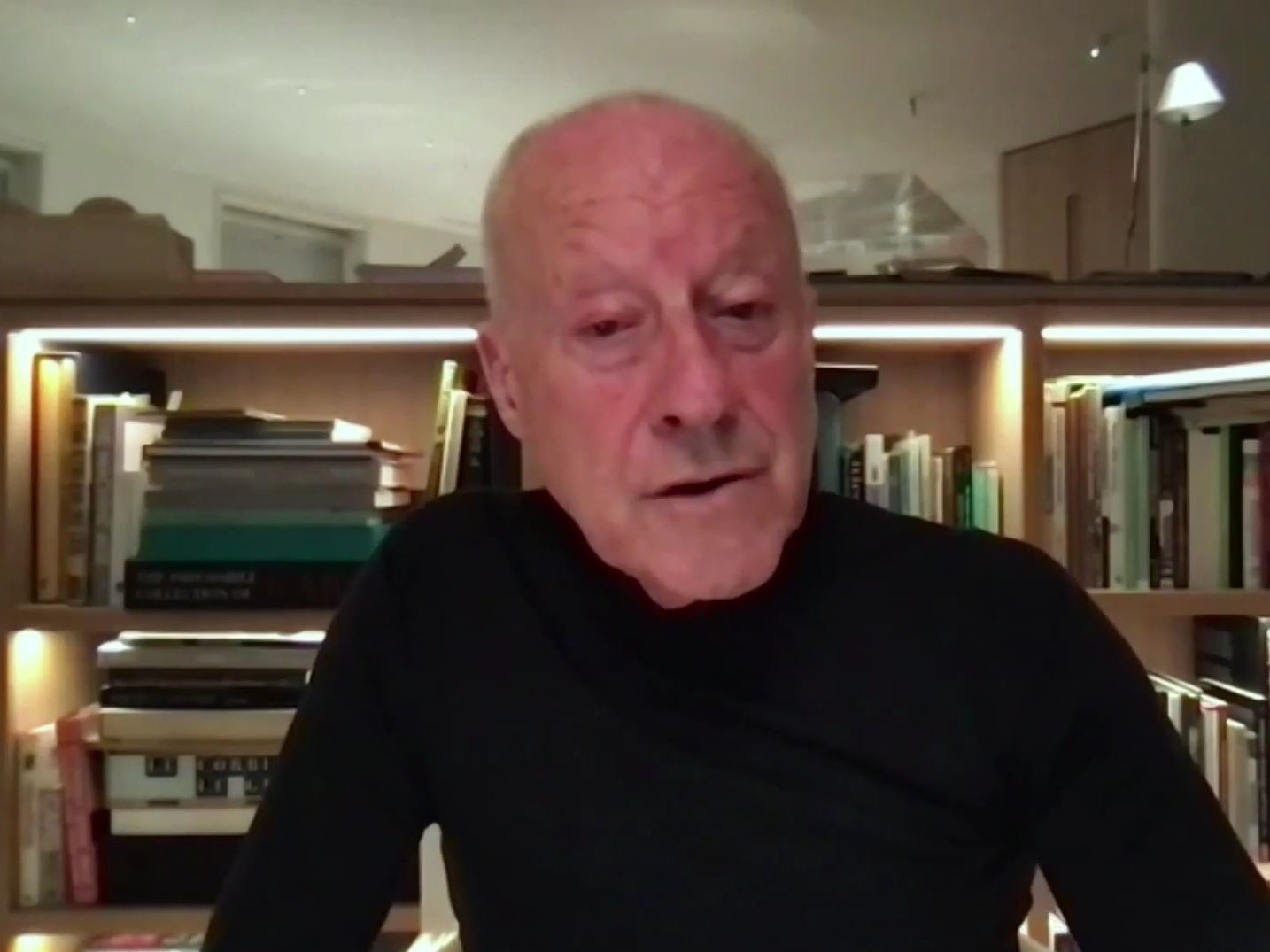Resilience: A Blueprint for Cities’ Future
“The story of cities is the story of crises”, said Lord Norman Foster during his keynote at the 2021 ULI Virtual Europe Conference.
Resilience, a buzzword of recent times, a notion of unifying blueprints for the future of our cities, communities and economies, had a special place at the discussions table at the ULI Europe conference. Among the speakers making the case for the importance of resilience was celebrated architect Norman Foster—founder & executive chairman of Foster + Partners—who shared his optimistic thoughts on the future of cities by referencing lessons learned from the past.
What is the faith of the city, in terms of form and function? The pandemic has brought this question into the spotlight. Imposing cities worldwide, bustling with activity up until almost a year ago, are now suffering, with residents and businesses leaving for areas that are less dense, less crowded, less prone to catching the virus. Looking at how the tables have turned, one cannot help but wonder: “Where will this lead to? What’s to become of major urban centers?”.
History repeating
“The story of cities is the story of crises”, Lord Norman Foster told moderator Rosemary Feenan, executive vice president at QuadReal Property Group. He then reminisced several episodes of urban resilience: The Great Fire of London in the 17th Century—a five-day conflagration that is estimated to have destroyed 13,200 houses, 87 parish churches and St. Paul’s Cathedral among others—has heralded fireproof construction. A century later, the Great Earthquake of Lisbon, estimated by seismologists today to have had a magnitude of at least 8.4 on the Richter magnitude scale, heralded seismic structures that would resist earthquakes in the future.
READ ALSO: Building for the Future by Harnessing the Past
The 19th century had its own crisis followed by a new advancement in the built environment: The cholera pandemic led to the creation of the Thames embankment underground transport, which is closely related to the birth of modern sanitation in London—the Thames used to be an open sewer back then and this process cleaned it up. Not long after, cholera traveled to New York City and about half of its inhabitants migrated out to the countryside. Shortly after, Central Park was created, likewise, for health purposes. Similarly, in the 1860s, to improve the health of the citizens, Frederick Law Olmsted built the 1,100-acre chain of parks known as Boston’s Emerald Necklace.
We are at the cusp of a new shift. What we perceive as a big change in the wake of the pandemic is in fact accelerating trends that were already here. We are now discovering that we don’t need as much space for transportation; instead, we need more green spaces, more social spaces. Unlike older generations, younger ones don’t care as much about ownership, they entertain more the idea of service-on-demand, they show interest in moving away from fossil fuels to electric propulsion, and the era of driverless cars is closer than we realize—driverless electric busses already serve the population in cities such as Malaga, Spain, and Singapore.
READ ALSO: Lessons for Cities, Companies Worldwide From ULI
The cities are the future of our society. Through the pandemic, we’re simply rediscovering a tradition from the past of greening the city, of nurturing noble avenues of trees that absorb carbon dioxide and make the city quieter and safer. Features that currently are predominantly found at the outskirts of urban centers will be eventually brought into the heart of the city.
Furthermore, architects and urban designers agree zoning needs to be flexible. Thanks to technological advances, clean industries can coexist alongside culture and arts, working and living, galleries, cafés and restaurants.
The biggest issue remains housing, Foster noted. Unlike in the past, when a big part of housing was delivered by civic authorities—and was of high quality—we are now facing the unfair reality of ‘affordable housing’, which sits somewhere at the bottom of the quality spectrum. This segment needs to be reinvented, and a civic initiative could be the answer.
The term itself, ‘affordable housing’, has many negative connotations—and innovation could start right there, from changing the stigmatizing way we name this type of housing, Foster said. However, in order to embrace this positive progressive change, we need the right mindset to use already existing skills and tools.
The workspace has already been under substantial revamp, with younger generations spearheading change and demanding eco-friendly designs that nurture and boost creativity.
READ ALSO: ULI Europe: Making Cities Livable
Infrastructure, the backbone of urban centers, should be long-term oriented because it is an investment for future generations. Using railway infrastructure that was built two centuries ago is simply no longer sustainable, Foster believes.
While the pandemic has inspired many local authorities to invest in infrastructure, there is room for innovation in this sector as well. One positive aspect of the current health crisis is that, due to the safety measures enacted by authorities worldwide, portions of urban infrastructure have been given back to pedestrians.
Cheaper, faster, greener
The fundamental role of design is to tackle climate change and decarbonization. Through design, the quality of life can be maintained for those who have it and can be increased for those who seek it. This is inherently linked to how the world generates energy without creating pollution.
The future of construction is tightly linked to sustainability. In Foster’s opinion, sustainability ratings should recognize those projects that help restore the climate. Prefabrication also has the potential to reduce embodied carbon in the built environment. Cross-laminated timber is gaining popularity, as is 3D printing, but construction, from a technological perspective, has always lagged other industries.
The city will become greener, quieter, safer, more desirable, more attractive, Foster believes. But to reach that point, we’ll have to rediscover some techniques from the past, without the pollution of the past. And we’ll embrace again the sense of place, which transcends the individual building.








You must be logged in to post a comment.